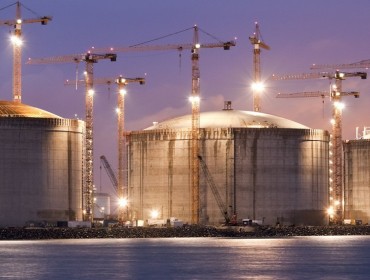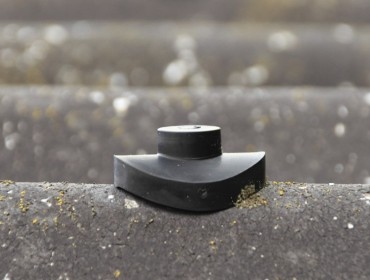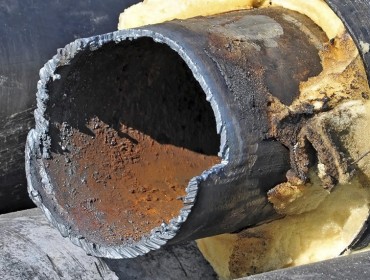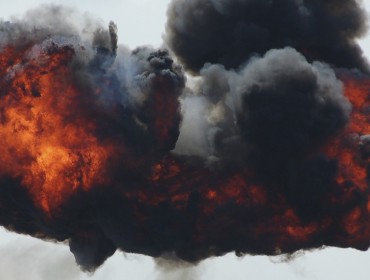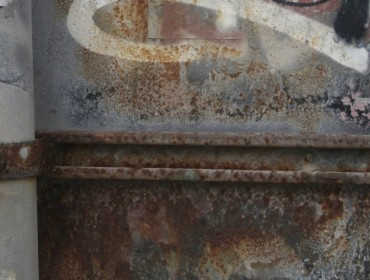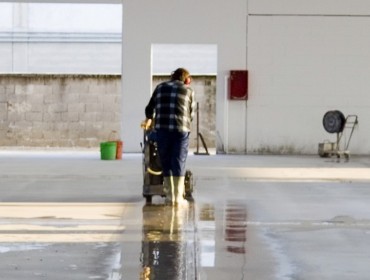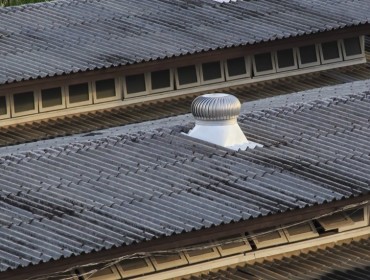Chevron’s use of EonCoat® to prevent corrosion on steel
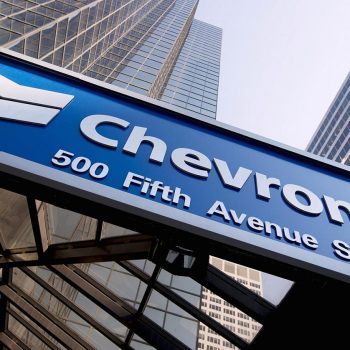
Chevron U.S.A. has been successful in using EonCoat® to prevent atmospheric corrosion and using a high temperature version of the coating to prevent corrosion under insulation (CUI). Chevron’s Benjamin Chaloner-Gill, Ph.D., Senior Advisor, Materials and Corrosion, R&D, is the senior author of the paper and will deliver the lecture at EUROCORR 2018. The resulting alloy forms a magnesium iron phosphate alloy layer to prevent atmospheric oxygen and moisture from reaching the substrate.
Third party laboratory testing (carried out at Charter Coating Service (2000) Ltd.) and field-test results will be presented to the audience. Commercial use case history will be shared with the presentation of a case study involving Chevron’s use of the technology at their refinery in Pascagoula, Mississippi, USA.
Usage detail will be revealed, including surface preparation (ISO Sa 2), and the coating’s unique characteristic that allow for the coating to be applied over a flash rusted surface.
Introduction
In a recent paper delivered to the Society of Petroleum Engineers in Aberdeen, Scotland on 18 June 2018 (SPE – 190893 – MS), the chemistry of EonCoat was fully explained. In short, when EonCoat chemically reacts with carbon steel, a protective passivated layer over the iron is produced. This protective layer has two important attributes that are very attractive – (1) it is insoluble and (2) it is chemically bonded to the substrate. By understanding the chemistry of EonCoat and these features, this non-traditional (i.e., inorganic) coating system can be utilized in the protective coating realm.
Chemistry of EonCoat
EonCoat is a two-component waterborne spray system. Part A is based on potassium monophosphate, KH2PO4, and Part B contains magnesium hydroxide, Mg(OH)2. Minor amounts of proprietary components are added to the formulation to control the rate of the reaction, rheology of the system, stability (shelf life) of the product and some other properties. After spraying, the coating sets in minutes by acid-base reaction.

